The World Bank has approved a US$20 million Disaster Risk Management Development Policy Financing project for Saint Lucia to enhance the nation’s capacity to prepare for and respond to natural hazards and health-related crises.
A key feature of the project is the inclusion of a Catastrophe Deferred Drawdown Option (Cat DDO), providing Saint Lucia with a rapid-access line of credit to support timely and effective responses once an emergency is declared.
Located in the hurricane belt, Saint Lucia is increasingly vulnerable to extreme weather events, including hurricanes, floods, landslides, and droughts—many of which are intensifying. Estimated annual losses from hurricanes alone amount to nearly US$9.5 million in damage to the island’s building stock—representing approximately 0.4 per cent of its 2023 GDP.
With nearly half of the population living within five kilometers of the coastline, the risk to people and property is rising. These hazards not only strain government finances but also jeopardise key economic sectors such as tourism and agriculture, while disproportionately affecting the most vulnerable.
In response to these escalating risks, the Cat DDO offers Saint Lucia immediate liquidity in times of disaster. To access this contingent line of credit, Saint Lucia has completed a targeted set of policy reforms structured around two main pillars: strengthening physical and data infrastructure for climate and disaster risk management, and improving the country’s financial readiness to respond to future shocks.
As part of the first pillar, the government took steps to update and implement physical planning regulations that promote safer land development and will ensure that new infrastructure and urban expansion are guided by risk-informed standards.
The second pillar focuses on increasing Saint Lucia’s fiscal resilience. The government has adopted Public Asset Management regulations to public inventory to evaluate and monitor the condition and vulnerability of public infrastructure.
At the same time, a new Disaster Risk Financing Strategy was adopted, outlining financial instruments and policies that can be used to better manage the economic fallout of disasters. These reforms will complement national efforts already underway to strengthen resilience through better planning, regulation, and financial preparedness.
“The high costs of recovery and reconstruction following a natural disaster strains public finances, contributes to increased debt and limits countries’ ability to invest in development and higher living standards,” said Lilia Burunciuc, World Bank Division Director for the Caribbean. “This project helps Saint Lucia address these challenges by advancing key reforms and providing rapid access to financing in the event of a disaster. It also reduces the need for costly emergency borrowing and enables faster, more fiscally responsible recovery, benefiting all Saint Lucians.”
Saint Lucia joins other Caribbean nations that are using Cat DDOs to build financial buffers and institutional capacity to handle increasing disaster risk, including Saint Vincent and the Grenadines, Grenada, Jamaica, Dominica, and Barbados.
The project is financed by the International Development Association, the arm of the World Bank Group which supports low-income countries and small island economies.
Technical assistance was provided for the policy reforms with financial support from the European Union through the EU Resilient Caribbean Program and the Canada-Caribbean Resilience Facility, both managed by the Global Facility for Disaster Reduction and Recovery and the Caribbean: Strengthening Fiscal Risk Management Trust Fund. Contributing countries include: the United Kingdom, Germany, France, Japan, Canada, Netherlands, European Commission, Norway, Australia and the United States.




